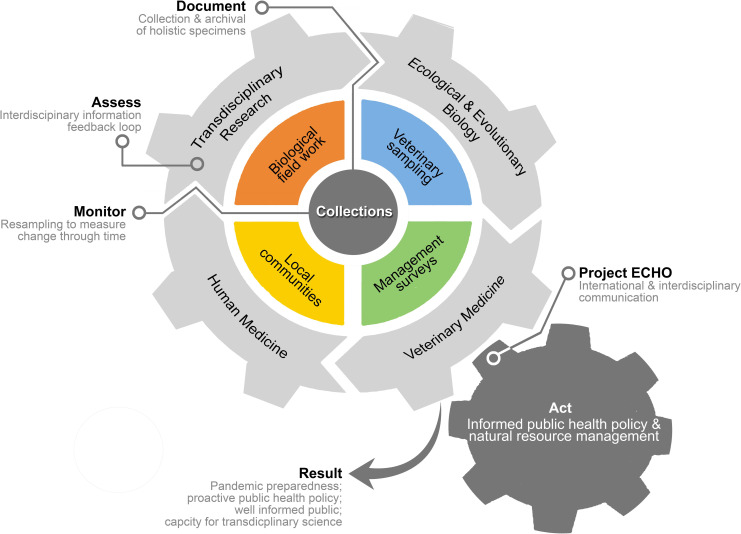Fig 1. Schematic detailing the central role of biorepositories in fueling EID research and response, based on the DAMA model proposed by Brooks and colleagues [6,49].
To be most effective for EID research and response, multidisciplinary and collaborative specimen sourcing followed by permanent archiving with biorepositories will be necessary to document and assess baseline conditions of pathogens and hosts. Periodic resampling of established localities is essential to monitoring change through time, whereby the availability of both baseline and resampling specimens and data through biorepositories catalyzes transdisciplinary research (e.g., virology, ecology, evolutionary biology, etc.) or assessment. Research, in turn, informs both veterinary and human medicine and, when effectively communicated through publications, presentations, and new networks of international and interdisciplinary communication (e.g., Project ECHO), this information drives action in the form of public health policy and natural resource management, creating a positive feedback loop that contributes to improved pandemic preparedness, proactive public health policies, and a better informed society. DAMA, Documentation, Assessment, Monitoring, Action; EID, emerging infectious disease; ECHO, Extension for Community Healthcare Outcomes.

